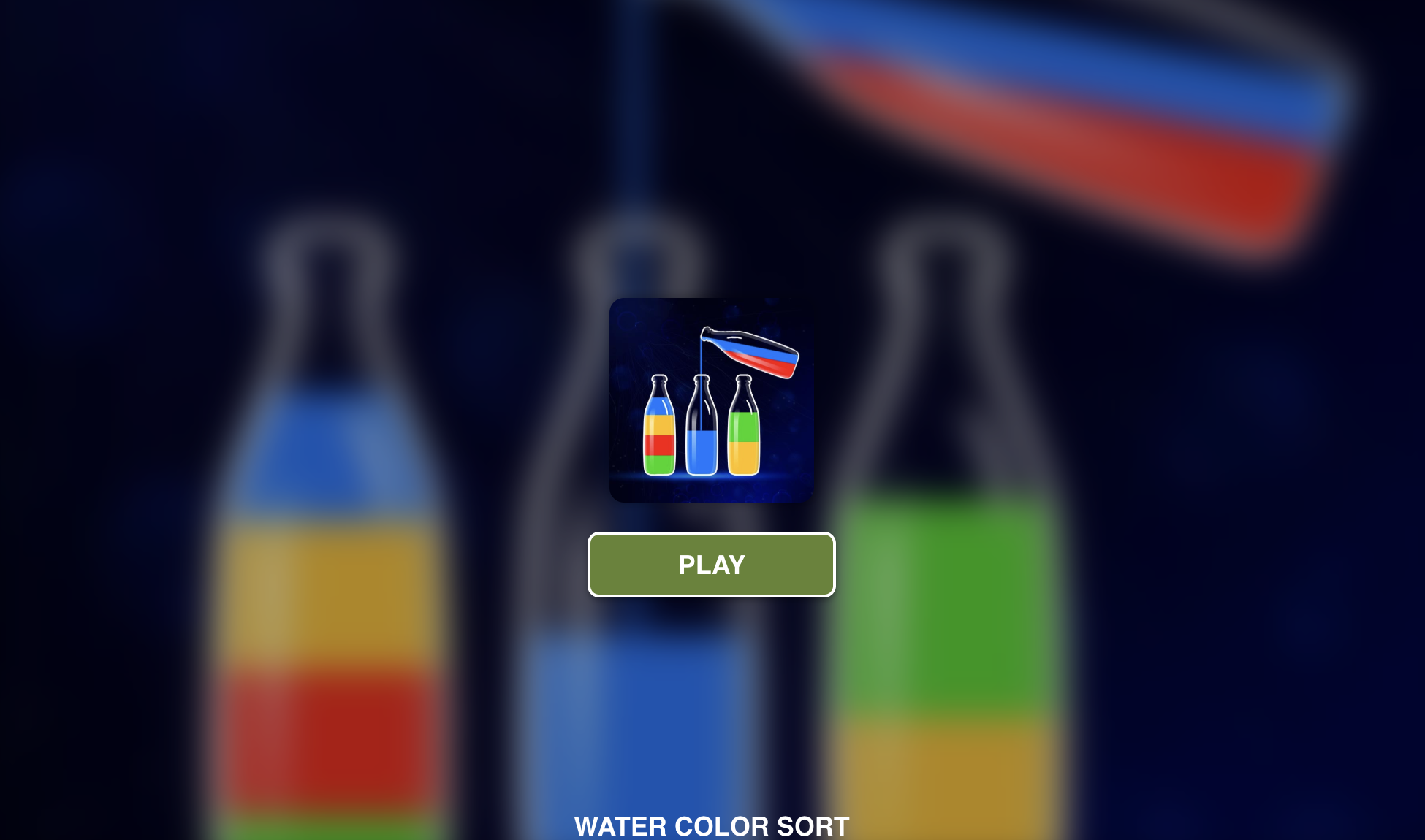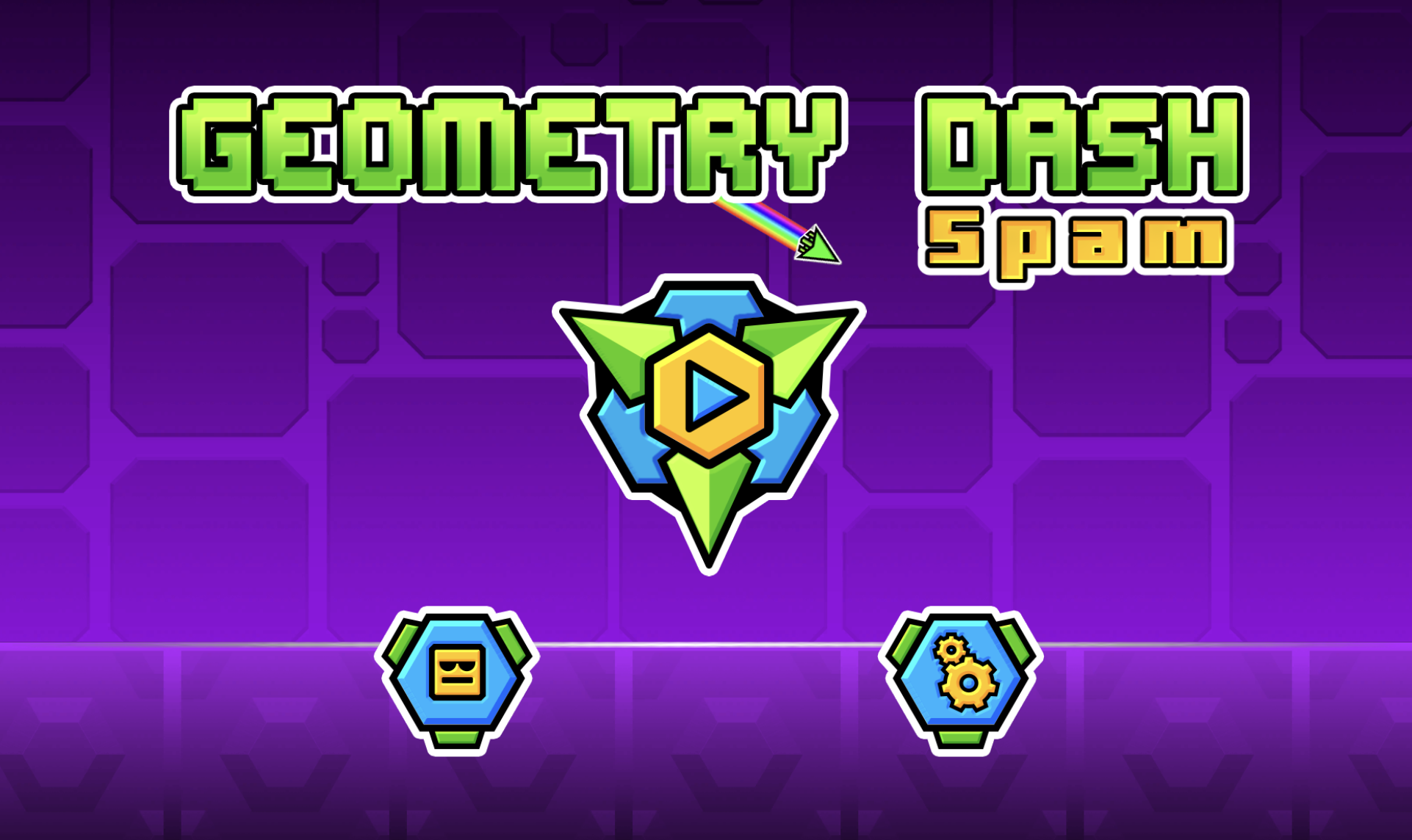Fire a stunt dummy into the sky
Catapult a ragdoll daredevil across rooftops, chain midair flips, and stick clean landings. Play quick, silly attempts and access tougher trick-shot zones in your browser.
Keep exploring
Keep your night shift energy up with more browser horror, tense escape rooms, and quick palate cleansers we trust.

Polytrack — Build Tracks, Chase PBs
Polytrack — Build Tracks, Chase PBs

Play Water Color Sort Online
Play Water Color Sort Online

Spam your way to steadier wave control
Spam your way to steadier wave control

Play Clasherdle — Five Guesses, Smart Hints
Play Clasherdle — Five Guesses, Smart Hints

The Captcha Game
The Captcha Game

All elemental shrines in one seamless quest
All elemental shrines in one seamless quest

Dino Game — Sprint, Jump, Repeat
Dino Game — Sprint, Jump, Repeat

Command Every Snap in Retro Bowl 26
Command Every Snap in Retro Bowl 26

Play Drift Hunters: Build, Tune, Drift
Play Drift Hunters: Build, Tune, Drift

Care for the Sweetest Royal Guardian
Care for the Sweetest Royal Guardian
Arcade stunt launcher with bite-size challenges
Launch, rotate, and nail the landing
This browser stunt game distills the thrill of daredevil flips into crisp, repeatable attempts. You start on a rooftop catapult, eye up the angle, and tap to release with a satisfying thwack. While airborne, hold to tuck and speed your rotation, then let go to extend for balance as you approach the target. Every flight asks the same simple question: can you touch down on a tiny platform without eating concrete? The result is a loop that’s silly, fast, and surprisingly technical once you start chasing perfect form.
How the stunt loop feels
Each round lasts seconds, which invites experimentation. One attempt you’ll under-rotate and slide off a billboard; the next you’ll over-spin and bounce like a crash-test dummy. Soon you’ll learn to read the arc of your jump, feather your tuck timing, and square your posture for a clean stick. The feedback is immediate: great entries plant you like a gymnast; messy landings crumple into cartoon chaos. Because resets are instant, you’re constantly tempted to take one more shot.
Zones that escalate the chaos
Early stages are forgiving—broad rooftops and chunky pads that welcome slightly crooked touch-downs. Progress introduces factory scaffolds, moving conveyor belts, wind tunnels, and carnival rides that fling you at odd speeds. Some levels feature springboards mid-air, asking you to re-time your rotation after a sudden bounce. Others hide collectible stars in tricky lines above the main route, pushing you to attempt bolder trajectories. The mix keeps the stunt playground fresh without adding fussy controls.
Controls, physics, and readability
The control scheme is delightfully minimal: tap to launch; hold to tuck; release to extend. That’s it. Yet the physics have enough nuance to reward skill. Tucking tightens your spin and slightly steepens your descent; extending slows rotation and stretches your glide. The game communicates this through clear silhouette changes and a stable camera that tracks your apex and approach. You’ll begin to anticipate how much midair time you have left and whether an extra quarter-turn is safe.
Scoring and progression
Each level can award up to three stars, with bonuses for landing upright, hitting the pad’s center, and collecting hard-to-reach tokens. Earned stars open new sets of trick shots and wilder backdrops. This gentle progression system encourages replay without feeling grindy. Even a sloppy finish can bank a star and nudge you forward, while mastery—perfect rotation plus a dead-center touchdown—feels like a personal victory you’ll want to screenshot.
Why short attempts work so well
Short, snackable sessions suit a physics stunt game. You don’t need to commit to a long run; you can squeeze in three attempts between tasks, or sink twenty minutes chasing a perfect triple flip. The micro-commitment design reduces frustration: a failure costs only seconds, and the next catapult pull is already waiting.
Tips for smoother landings
1) Read the takeoff angle. Slight differences at the ramp produce big changes downrange. If a platform sits high and close, go for a compact tuck early; if it’s far and level, delay the tuck and keep your body extended to preserve glide.
2) Count rotations, not seconds. Mentally call out “half, full, one-and-a-half” as you spin. This habit helps you release at the right moment rather than reacting to panic near the ground.
3) Feather the tuck. You don’t have to hold continuously. Quick taps can micro-adjust orientation without throwing your whole arc off. Think of it like tapping a brake on a bike to line up a corner.
4) Aim for the pad’s front edge. Approaching slightly long gives you room to slide into the center; coming up short often means clipping the lip and tumbling.
5) Practice with moving targets. Levels with conveyor pads teach timing discipline. Watch the cycle for two beats, then launch on the third to sync your descent with the pad’s position.
Who will love this
If you enjoy physics toys, ragdoll comedy, and quick restarts, this is comfort food. Speedrunners will dig the route optimizations; score chasers can grind three-star clears; casual players can vibe with the slapstick and call it a day. It’s also a great choice for short breaks because success depends more on rhythm and reading arcs than on memorizing complex inputs.
Accessibility and comfort
One-button rotation keeps controls approachable for players using touchpads or mobile browsers. Visual clarity is strong: clean silhouettes, high-contrast landing pads, and consistent camera zoom. If motion sensitivity is a concern, try shorter sessions or target levels with bigger platforms and slower arcs; those reduce rapid on-screen spinning.
Performance notes for browser play
Because runs are brief and environments are modular, performance stays smooth on most laptops and mid-range phones. Closing extra tabs or disabling heavy extensions can eliminate stutter on older devices. Full-screen mode helps with depth perception, especially on ultra-wide monitors where judging the arc can be tricky.
Depth beyond the first laugh
At first glance, it’s cartoon chaos. But beneath the jokes is a clean model of momentum and rotation. The joy is discovering that serious technique hides in a silly wrapper. You’ll start shaping your flight like a diver: compress for speed, open for stability, and enter cleanly. Some stages even reward a late half-twist that lands you backward on a sticky pad—unconventional, but still counted as controlled. Those little discoveries keep you experimenting long after the first set of zones.
Replay value and mastery goals
Beyond star clears, set personal challenges: land with no midair tucks; collect a token and still hit the center; chain a double into an immediate re-launch if the level supports bounce pads. Track your best attempts and try to beat them with fewer rotations or cleaner entries. Community discussions often revolve around “least spin clears” and “max height tokens,” giving you fresh angles to chase.
Getting started fast
Open the game, hit play, and don’t overthink the first launch. Use early levels to calibrate how long a full rotation takes at typical heights. Once you internalize that rhythm, you’ll make better calls under pressure. When a new zone opens, preview the landing pads before you attempt the star path; a quick scout saves a dozen sloppy crashes.
Good habits as you progress
Reset quickly after a whiff—momentum matters even outside the game. Keep attempts flowing to maintain your timing. If you’re stuck, step back to an earlier stage and warm up with five perfect landings. That muscle memory will carry into tougher layouts. And remember: slight over-rotation with a stable extension is safer than under-rotation into the platform’s edge.
Why it stands out
Many stunt titles add layers of menus, upgrades, and currency sinks. This one trusts the core loop. Your improvement is visible in cleaner arcs and quieter landings rather than bigger numbers on a stats screen. It’s approachable on day one and still satisfying weeks later when you finally stick that tiny pad after a tight double tuck.
Final thought
Between its instant restarts, readable physics, and escalating playgrounds, this stunt launcher offers exactly what a quick browser session needs. You’ll laugh at the ragdoll crunches, cheer the perfect plant, and keep telling yourself you’ve got time for one last attempt. Spoiler: you probably have three.
Share Fire a stunt dummy into the sky
Spread the word, invite friends, or bookmark this page to revisit the story whenever you need it.